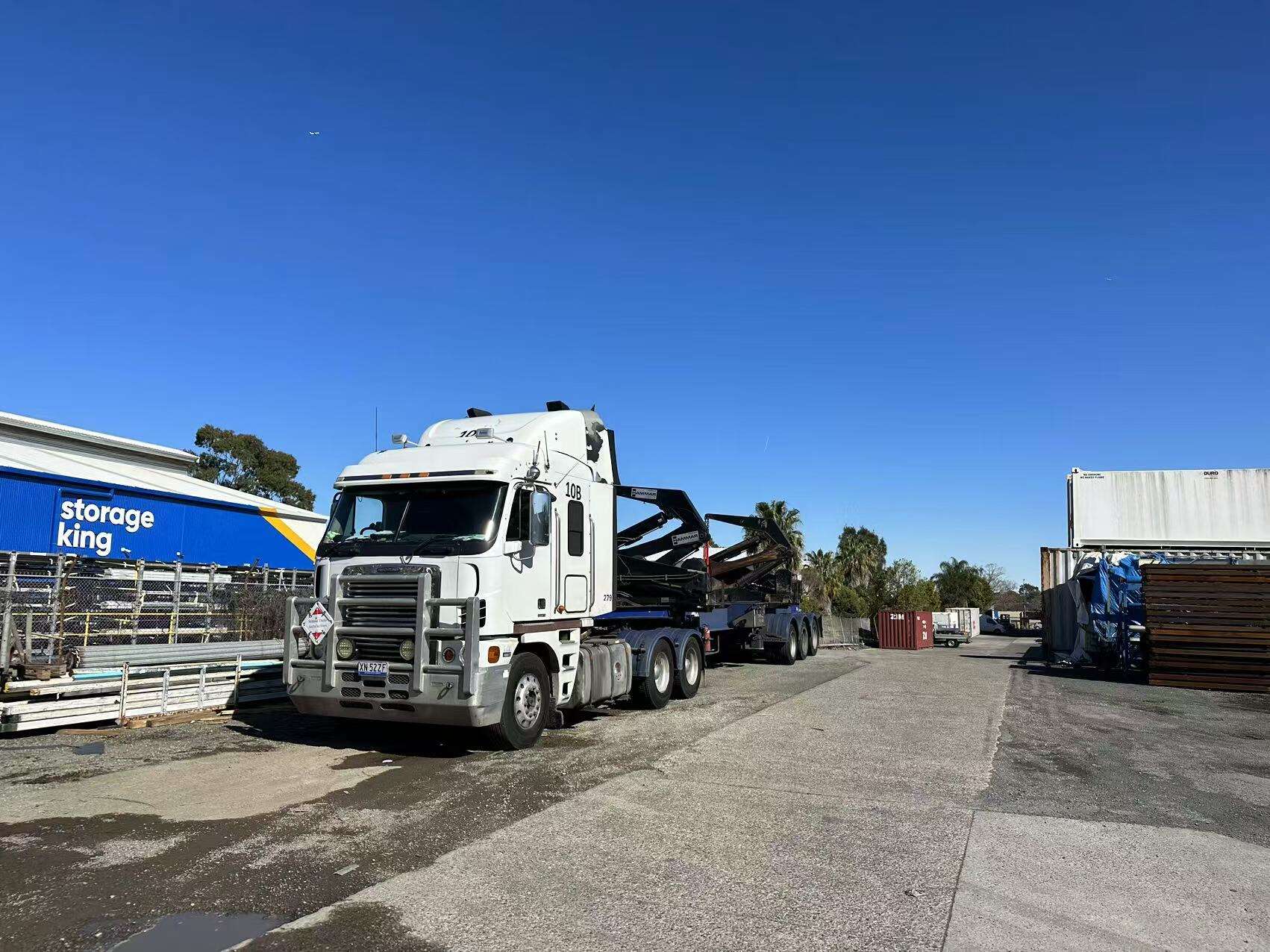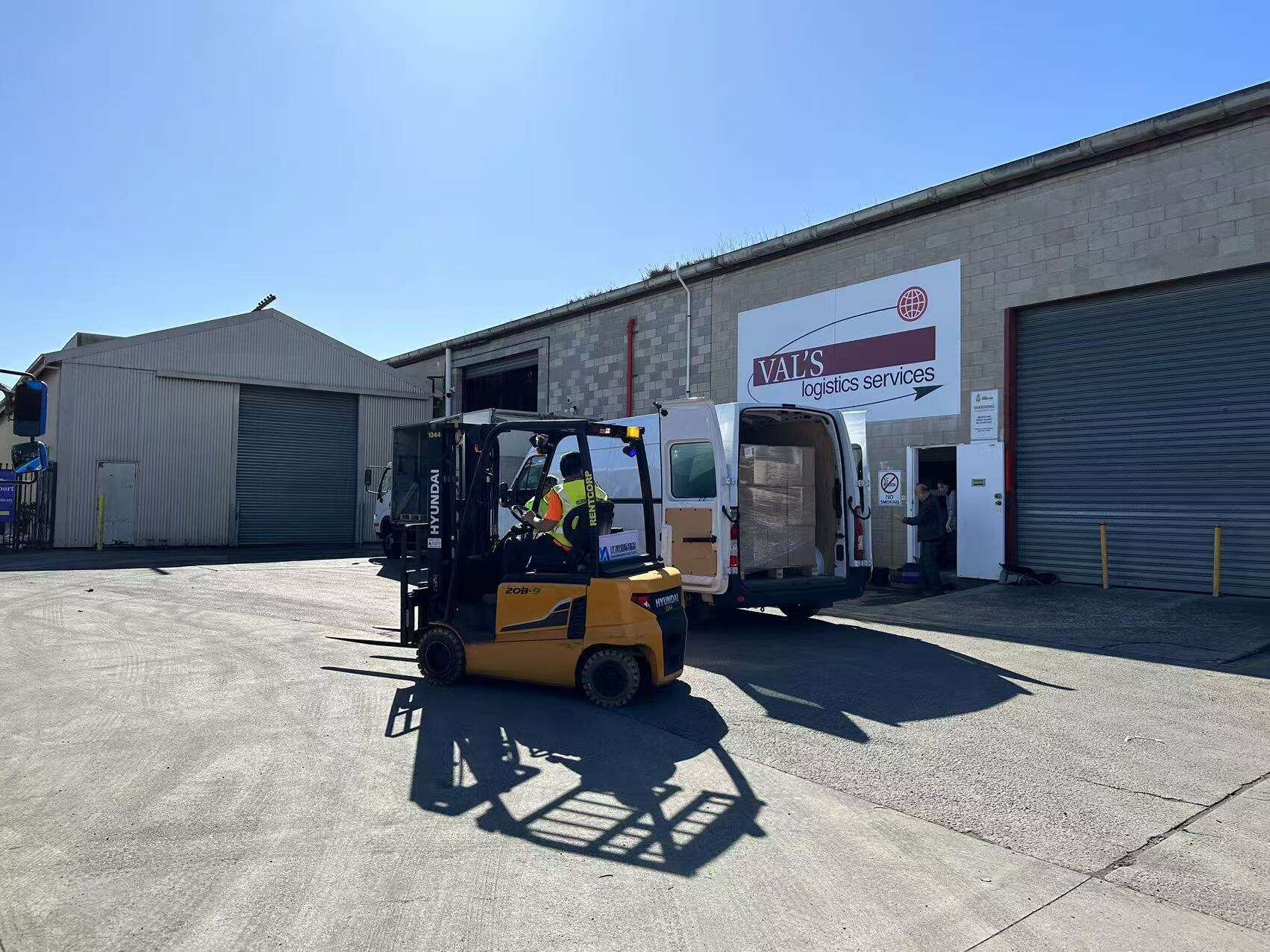Scale of China's Modern Merchant Fleet: Fleet Growth Metrics (2020-2025)
China's merchant fleet saw major growth between 2020 and 2025, with steady yearly gains in capacity throughout those years. The expansion was actually pretty impressive compared to global averages during that time frame. Maritime authorities note that gross tonnage rose around 6.5 percent each year, hitting a high point of 13.9 percent back in 2018 according to Clarksons Research data. Looking at the bigger picture, this represents nearly double the size of the fleet from ten years ago. What drove all this growth? Well, the government has been pouring money into shipbuilding through various policy initiatives designed to boost domestic capabilities while cutting down on dependence on foreign operators. Private companies got in on the action too, investing heavily in both brand new ships and buying up secondhand vessels from other countries. All these moves put China in a strong position to handle growing demand in shipping markets worldwide, helping achieve national goals of becoming less reliant on international shipowners and building up trade connections across different regions.
---Scale of China's Modern Merchant Fleet: Comparison with Global Competitors
The Chinese shipping fleet has moved up fast against traditional rivals like Greece, Japan, and Singapore, making major strides in both scale and how well it operates. Industry reports point to China now sitting at the front of the pack when it comes to fleet size, with around 16% of all ships worldwide under its flag compared to just 5% back in the early 2000s. What really sets China apart is their investment strategy in maritime infrastructure that gives them a clear advantage over others in the field. These big investments mean more cargo space for goods moving across oceans, particularly for import and export activities handled by vessels owned domestically. Looking at 2023 figures, almost half of this impressive growth comes from bulk carriers, showing where Beijing wants to build strength in critical parts of the shipping business. The government backing combined with modern technology adoption has solidified China's position as a leader at sea, changing how much power they hold internationally in maritime affairs.
---Scale of China's Modern Merchant Fleet: Specialized Vessel Categories
China operates a wide variety of ships in its fleet, from standard containerships and tankers to bulk carriers and now many specialized vessels as well. The growing number of these special purpose ships shows how market needs are changing toward more flexible transport options, especially when it comes to moving liquefied natural gas (LNG), irregular cargo, and oversized items. Looking at recent industry data, there has been a real surge in new orders for standard size LNG carriers, which tells us China is serious about expanding its expertise in this area. We also see plenty of breakbulk and heavy lift vessels in operation, something that makes sense given the country's focus on meeting those unique shipping requirements. This helps Chinese companies handle all sorts of challenging freight situations. By investing heavily in constructing these specialized ships, China is widening its shipping portfolio. This approach keeps their operations resilient against shifts in global supply chains and allows them to respond quickly to whatever happens next in international freight markets. All these changes point to a company that stays ahead of the curve rather than just following behind market trends.
Dual-Use Capabilities in Civilian-Military Operations
Civilian Ferries in Military Exercises
Civilian ferries are becoming increasingly important for military exercises, showing how they can serve both civilian and military purposes. Take the Taiwan Strait as an example area where these regular passenger ships have actually transported military gear and soldiers during training maneuvers. When military planners incorporate commercial ferry services into their operations, it gives the country better defense options while improving how ready naval forces are for action at sea. Being able to use everyday transportation infrastructure in wartime scenarios makes troops more mobile and gives them greater capacity to respond when there's a real security situation or defense requirement on the horizon.
Hospital Ship Fleet Deployments
The Chinese hospital ship fleet packs serious capability for both humanitarian work and military operations, which makes them pretty valuable when crises hit. Look at what happened in Southeast Asia recently with all those natural disasters. These ships showed they can treat patients in emergencies but also serve as symbols of influence that help maintain China's soft power position. Last year alone saw several deployments after typhoon damage and earthquake destruction across the region, proving how quickly these mobile hospitals can respond. Beyond just medical aid delivery, these floating clinics play a role in boosting China's image on the world stage as a country willing to step up during international emergencies.
Amphibious Assault Potential
The amphibious assault ships now part of China's navy mark a major advancement in their military strength, especially considering newer models like the Type 076 LHA. These vessels come with catapult systems capable of launching both drones and helicopters, effectively turning them into floating air bases that can offer crucial backing during conflicts, say around areas like Taiwan. Experts in military affairs point out that these kinds of ships might play a key role in coming battles, since they combine various technologies to boost how ready forces are for action. With China steadily growing its navy, where exactly these amphibious assets are placed strategically reveals quite a bit about Beijing's plans for maintaining control over its neighboring regions in the years ahead.
Technological Advancements in Freight Shipping
LNG Dual-Fuel Innovations
Chinese shipping companies are moving fast toward LNG dual fuel systems because they offer both green advantages and cost savings. Liquefied Natural Gas cuts down on harmful emissions quite a bit actually around 25% less CO2 and well over 90% fewer NOx pollutants than traditional ship fuels. Big names like MSC are already jumping on board with this tech across their vessel fleets. Just look at what's happening right now in Chinese shipyards where MSC has placed fresh orders for container ships equipped with these dual fuel capabilities. This kind of investment isn't just good for the environment either. Many ports around the world have started imposing stricter rules about ship emissions, so getting ahead of those requirements makes business sense too. For ship operators looking to stay competitive while meeting international standards, switching to LNG seems like a smart long term strategy.
Automated Port Operations
The ports along China's coastlines are seeing major changes in how they handle cargo these days. Robotics and AI systems are making a real difference in cutting down both time spent and money wasted on moving goods around. Some reports show that ships spend anywhere from 20 to 30 percent less time at dock since automation came in. The savings don't stop there either. These tech upgrades mean more containers can move through each day while mistakes made by people get cut way back. Logistics companies across the world are starting to rely heavily on smart systems for their shipping needs. This kind of tech progress keeps China ahead of the game when it comes to international freight services. No wonder Chinese ports continue to dominate so much of the global shipping scene.
Cold Chain Logistics Systems
Temperature-controlled logistics systems play a crucial role when it comes to transporting sensitive goods like medicines and fresh produce. Looking at how things have changed in China specifically, there's been some serious progress in this area, and the market just keeps expanding. As businesses need better ways to keep their products at the right temps, we've seen lots of logistics providers teaming up with tech companies. These collaborations have led to some pretty cool innovations that help maintain exact temperatures throughout transport, which is obviously super important for keeping products safe and effective. Industry reports suggest the cold chain market could grow by around 20% each year going forward, mainly because people want fresher stuff delivered faster. All this points to why these specialized logistics setups matter so much today, making our global shipping operations more dependable and stable across different parts of the world.
Global Logistics Network Integration
Strategic Sea Lane Coverage
The way China covers its sea lanes has a major effect on world trade because it helps build better trade ties and fund port projects overseas. The network stretches through important ocean areas, which puts China right at the heart of global business operations. Many analysts point out that when China invests money into these critical shipping paths and builds or buys ports all around the globe, it actually expands its influence internationally and creates stronger commercial links. Look at places such as the Indian Ocean region where Chinese companies are already involved heavily. Their presence there shows they're thinking ahead about controlling much of the sea transport routes for years to come.
Air Freight Coordination Models
Chinese logistics firms have started incorporating air freight into their shipping operations, showing off some pretty impressive efficiency improvements that are changing how goods get moved around. The way these companies coordinate between planes and ships has gotten really smooth over time, making the whole supply chain work better together. Take China Southern Airlines Cargo Division for instance they've rolled out some smart tech solutions specifically designed to handle all those online shopping orders that keep coming in. E-commerce just keeps growing at lightning speed, so there's huge pressure on logistics providers to get packages delivered fast. Alibaba's Cainiao Network is doing something interesting here too. They've built out these comprehensive logistics strategies that let them ship products quicker and manage customer orders much more effectively worldwide. When air and ground transportation systems work hand in hand like this, it means warehouses can handle way more cargo volume without breaking a sweat, even when dealing with complicated delivery requirements from different parts of the world.
Customs Clearance Efficiency
Improvements in how customs clearances work are making China's logistics system much better at handling goods across borders. The changes we've seen recently cut down on waiting times and generally make international trade smoother for businesses. Digital tools have played a big role here too, especially things like blockchain tech which helps speed up transactions while keeping everything secure. Looking at actual numbers from recent years shows processing times dropped around 30% after these digital upgrades started rolling out, which means fewer delays and more predictable shipping schedules. Take China's e-Customs platform as an example it allows companies to track shipments in real time and submit paperwork electronically, all part of why Chinese ports can handle such massive volumes of cargo these days. This kind of progress isn't just good for commerce it also positions China as a leader in developing smart logistics systems worldwide.
Future Expansion and Military Readiness
Shipyard Construction Pipelines
The Chinese government has been pouring resources into expanding its shipbuilding capabilities through a series of new and upcoming shipyard developments across the country. These initiatives promise to boost national ship production volumes significantly while supporting ambitions in both civilian shipping operations and naval fleet requirements. Take for example the massive funding directed toward companies such as China State Shipbuilding Corporation (CSSC), which has received billions in state backing over recent years. Industry observers note that these financial injections have already led to noticeable improvements in manufacturing throughput at several key facilities. Some analysts estimate that current trends suggest annual production growth rates approaching those seen in traditional maritime powerhouses like South Korea and Japan. Beyond just fulfilling local needs, this aggressive expansion strategy clearly aims to position China as a dominant player in international maritime trade networks where it currently holds considerable sway.
Maritime Silk Road Projections
China's Maritime Silk Road project plays a major role in how the country plans to grow its shipping and logistics capabilities going forward. The strategy basically puts China in a position where it can have a big say in how trade moves around the Indo-Pacific area. When looking at what China is actually doing, they're putting money into ports and building better logistics systems along key maritime routes. This helps them move goods faster and keeps their supply chains safer from disruptions. Industry analysts are already talking about a noticeable increase in ship movements through these areas because of all this activity, as partner countries work together on joint projects and invest in each other's infrastructure. Beyond just making money, this expansion gives China more clout in a part of the world that handles a huge portion of international commerce every day.
Rapid Mobilization Protocols
China needs good rapid mobilization plans if it wants to get its ships where they're needed fast when problems arise. These systems basically make sure resources can be moved quickly to wherever there's trouble, showing how flexible military planners can be when something urgent comes up. Take those RO-RO ferries deployed in the South China Sea during recent drills as proof of what works. They were able to move troops and equipment across distances pretty efficiently. Fast mobilization matters a lot for keeping the country safe because it means reacting to new dangers before they become big issues and keeping supply lines running smoothly. With so much going on at sea these days, Beijing knows that being able to deploy forces quickly isn't just nice to have but absolutely necessary for protecting Chinese interests far from home shores.
Table of Contents
- Scale of China's Modern Merchant Fleet: Fleet Growth Metrics (2020-2025)
- Scale of China's Modern Merchant Fleet: Comparison with Global Competitors
- Scale of China's Modern Merchant Fleet: Specialized Vessel Categories
- Dual-Use Capabilities in Civilian-Military Operations
- Technological Advancements in Freight Shipping
- Global Logistics Network Integration
- Future Expansion and Military Readiness




